
Warmer and more weatherproof alternatives are better for winter belaying duty, while the Proton Heavyweight is notable chiefly for its balance between insulation and breathability, says John McKenna. There can't be many synthetic jackets this thick that are so comfortably worn on the go.
As the name suggests, the Proton Heavyweight is a thick synthetic jacket, the warmest in the Proton Range from Arc'teryx. The (non-heavyweight) Proton Hoody is a firm favourite of some staff here, offering superb build quality, a good balance of warmth to weight, and a decent level of breathability for high output activities. The Heavyweight takes this product and adds thickness, with the aim of making it well suited to high-output use in colder environments. So how does it perform?
In use
For a mid layer insulation piece, the Proton Heavyweight is quite warm, making it best suited to winter. If you're not on the move, you could still use this when stationary on cold days in Autumn or Spring (although note the lack of windproofing if you're hanging around for long periods on windy days). It can be worn in a variety of circumstances, from hillwalking and camping, to climbing, making it a bit of a jack of all trades. But is it a master of none? Well no, as the Proton Heavyweight's best performance comes when on the move during frigid winter days, where the combination of warmth and breathability really shines.
I've been really impressed with this, either worn as an outer piece or with a shell. An insulated jacket of this thickness would tend to get sweaty, but not so much with the Proton Heavyweight! Having said this, it's got to be pretty cold and you've got to be pretty active when wearing it to feel the particular benefit of this jacket, and perhaps that makes it a bit niche for most UK use. If you want a similarly insulating piece where breathability isn't a priority or wind resistance is more desirable (maybe you'll be predominately wearing whilst stationary or as a stand-alone outer layer) then the Atom Heavyweight will provide a more wind-resistant but less breathable alternative.
Don't let the Proton Heavyweight's name fool you into thinking it would be suitable as a winter belay jacket. For those long winter belay stances, you'd want something more insulating, less air permeable, and with a roomier sizing to fit over multiple other layers.
Weight and packability
In terms of other mid to heavyweight mid-layers on the market Arc'teryx have still managed to keep the weight reasonable - my size M weighs 545g on the home scales. Packability can be a bit of an issue in my standard fully-laden winter pack, but I've still made it work and this is the price you pay for the great warmth and breathability that you get here.
Fit
Both men's and women's models are available. I opted for my usual medium and this seems right in terms of sizing. The fit allows for layers to be worn underneath, and I can comfortably fit it over a base layer and light midlayer whilst winter climbing on bitterly cold days. There is enough length in the sleeves to sit comfortably over midweight gloves, with a simple elasticated cuff. Bulkier gloves can be tricky to accommodate, although I haven't found this too much of an issue as the only time I'm using these is when I'm at a cold belay and my outer shell is still able to do the job - although worth a note if you are using this as an outer layer on dry days.
The length in the body sits just at (but not below) bum height, which has meant my rear has got a little chillier than the rest of my body in a biting cold wind. A longer body wouldn't go amiss. The articulated cut allows for freedom of movement with both the cuffs and the hem not pulling/lifting when my hands are raised above me climbing.
Aside from the two small issues with bulky gloves and partial bum coverage, I have got on well with the fit and wouldn't want to stress these too much to put you off!
Fabric
The outer face fabric is a lightweight breathable four-way stretch nylon/elastane mix (Fortius Air 50). This feels like a solid and technically high-performing material, that hits a great balance of durability, breathability, and mobility due to the stretch. When I have worn the Proton Heavyweight as an outer layer I've felt reassured by the tough 50 denier fabric in the face of abrasion, which provides a bit more durability than the Heavyweight's little brother, the Proton, which sits at 20 denier. When worn under a shell you can really feel the fabric - in combination with the insulation - breathe whilst you are on the go, which is a big must for me for such a heavy insulation piece in combination with a shell. The DWR has worked well so far, shedding water off. Thumbs up for the fabric and high-quality construction here.
Insulation
Inside there is Arcteryx's proprietary insulation CoreloftTM, which is a series of large denier hydrophobic polyester fibres that are loosely bundled. These higher denier fibers typically exhibit greater resistance to collapsing or breakage, contributing to an insulation with extended lifespan when compared to garments using finer fibres. This version is Coreloft Continuous which is essentially a long fibre tangled and folded into itself to produce the insulation sheet. This provides a very desirable loft for the weight, but does reduce the compressibility. Alternatively, shorter fibre insulation generally will benefit from greater compressibility but will be less lofty (therefore less insulating for the weight). The insulation is also mapped across the body and sleeves, meaning it's most insulating where you need it with the body using 100gsm, and 60gsm in the sleeves.
In use, I have felt like this has provided me with superb warmth to weight for a jacket of this size. It has worked extremely well on a breathability front and being hydrophobic synthetic insulation has retained its insulating properties even in damp conditions. However, as expected, it isn't the neatest when packing away into the rucksack. This can be problematic on the likes of winter climbing days, where I generally find a bit less wiggle room within my pack.
Features
Two large handwarmer pockets, two internal pockets and two large mesh chest pockets provide enough storage for a range of belongings, particularly when wearing as an outer layer without a harness. The fleece-lined handwarmer pockets are comfortable to use without gloves. The opposite effect is true with the chest pockets, where items will quickly become cold as these are stitched in above the insulation - something it's worth being aware of if you're carrying a phone. For a garment designed for cold weather, it is a bit annoying that the zips and hem drawcords aren't the most ergonomic for use with bulky gloves - a seemingly small complaint, but you are spending a decent amount of money here and this is an obvious detail. However, the toggles are a nice low profile shape that sits nicely against you and avoids digging in if wearing a harness.
The hood is a good size, well shaped, helmet compatible, and has a bulkier drawcord than the hem to easily reduce the volume with gloves. When the drawcord is pulled it also handily tensions the rim of the hood. No complaints here, all works well, and feels cozy when the conditions get unpleasant.
Eco credentials
The DWR is fluorocarbon-free and the face fabric is a Bluesign approved material.
Summary
The Proton Heavyweight Hoody is notable chiefly for its balance between insulation and breathability, and there can't be many jackets this thick that are so comfortably worn on the go. Used as an outer layer in a frigid winter wind it's a pleasure to have on - at least if you're moving. With a shell over top in wetter conditions or whilst winter climbing, the breathability reduces the clamminess you'd feel with many other insulation pieces of this warmth. As mentioned these aren't the only circumstances where you'll be glad to have this piece. It's still good for brief stationary periods on cold days, but not ideal as a winter belay jacket; active use is where it really shines. I have a few small issues around use with bulkier gloves, but if you're on the go and working up a sweat then perhaps you'll be wearing thinner gloves anyway.



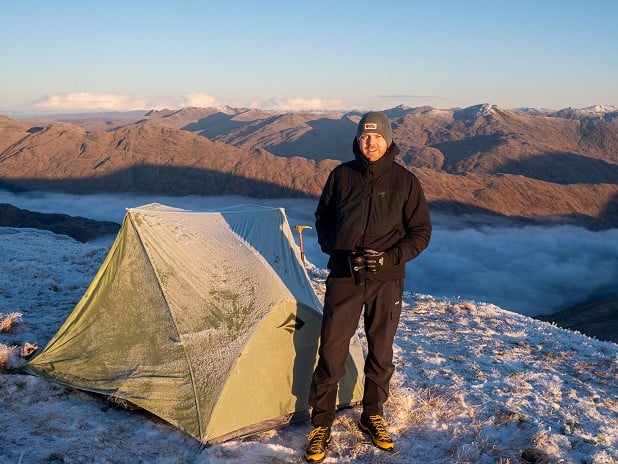

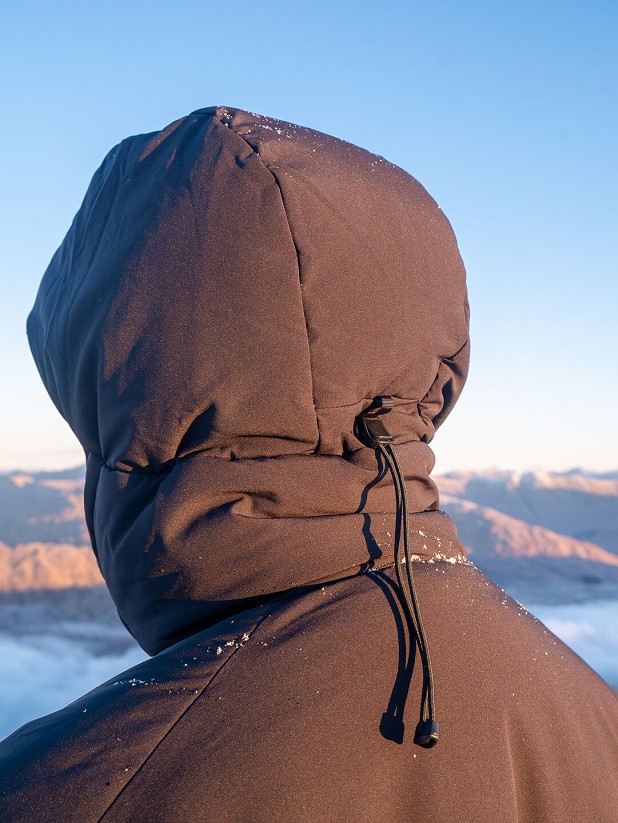
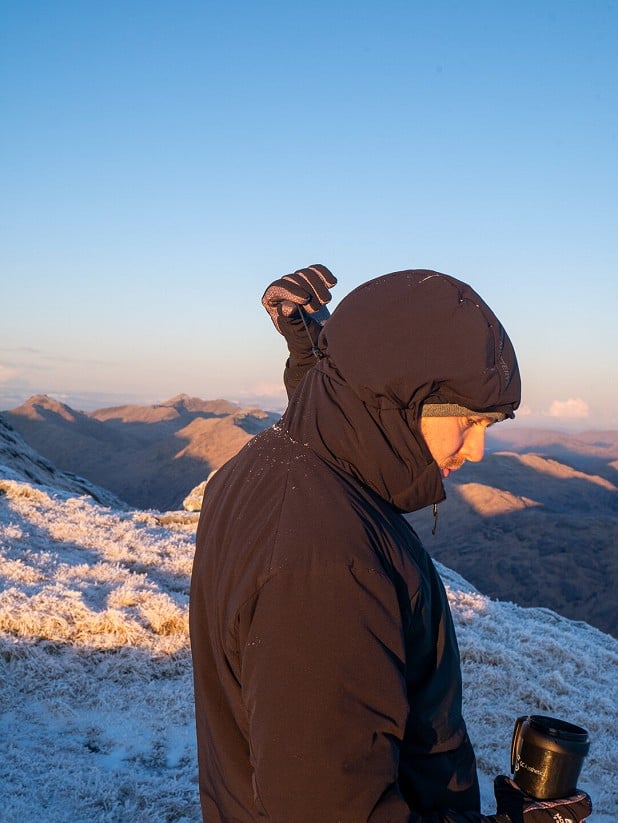

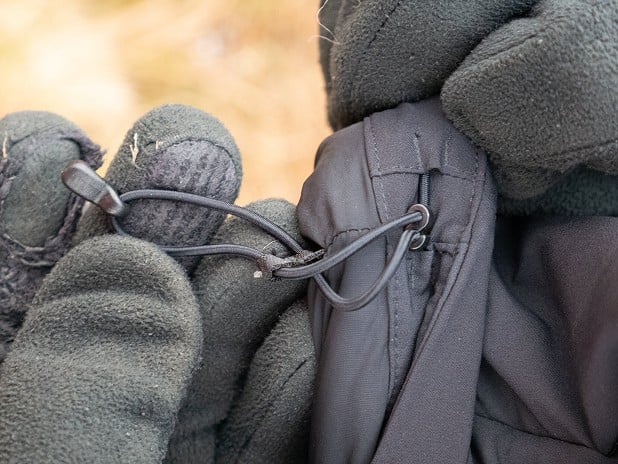
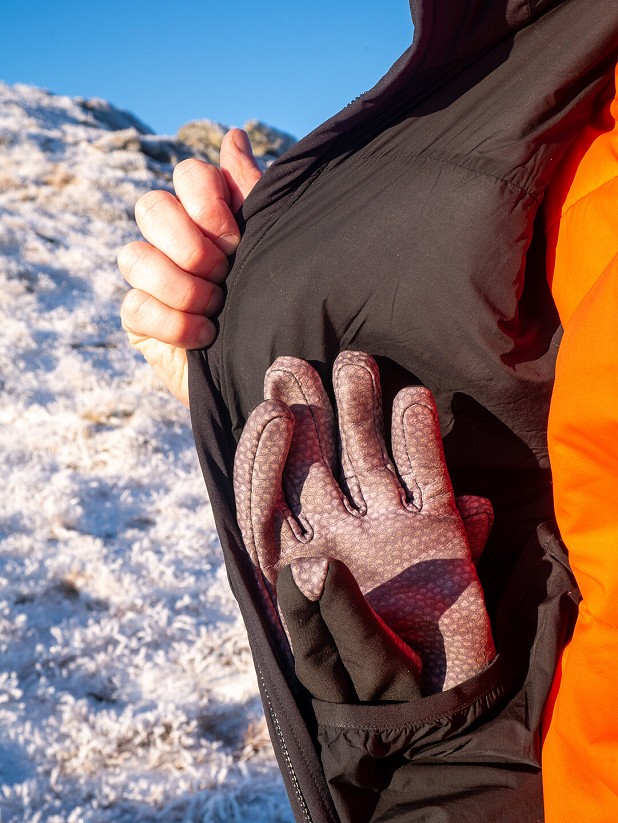
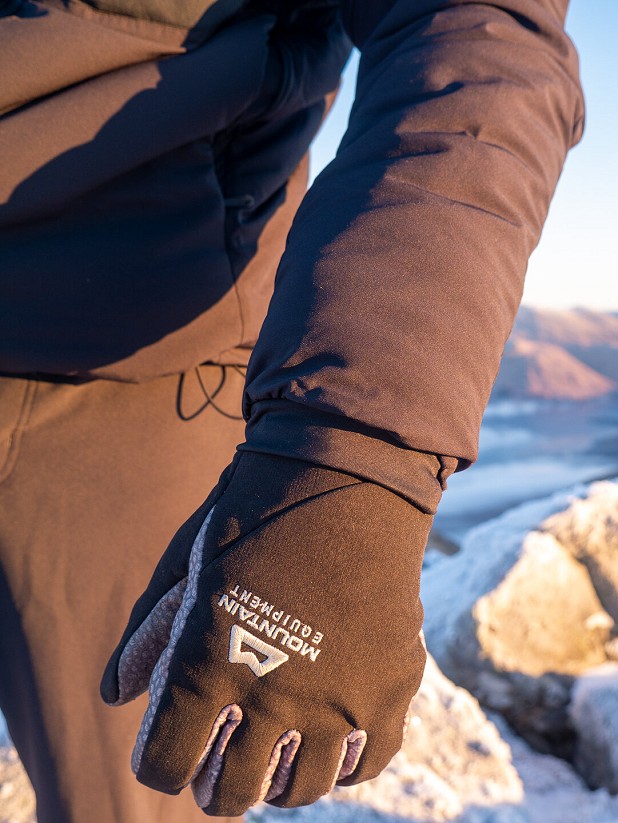
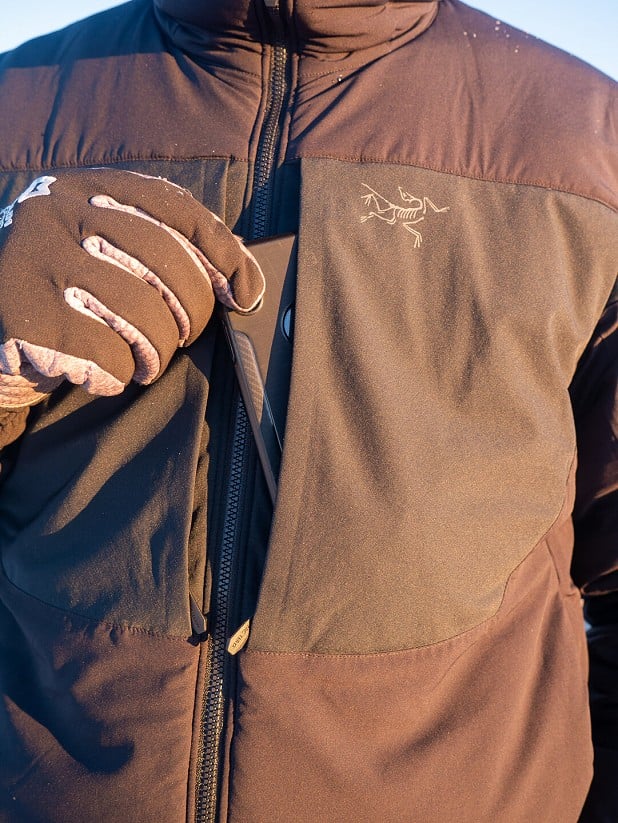








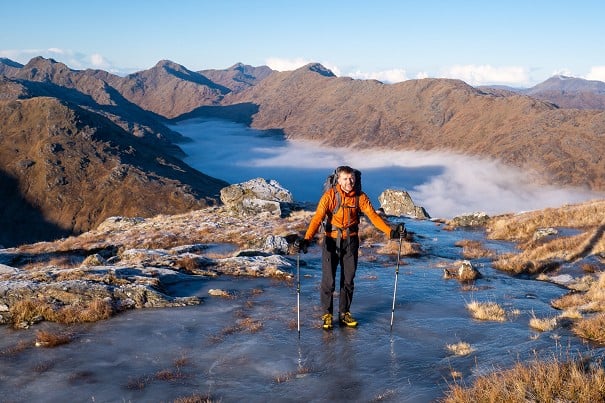




























Comments
But still useful - I wore my nano air at the weekend to climb in as the insulation layer.
Yes, exactly, which is similar to what the Arc'teryx Proton (non-heavyweight version) is like. The breathability for the likes of climbing in a piece like this is excellent (especially since you probably have a much less breathable - and totally windproof - shell on over the top). I've used the Proton Heavyweight on colder days climbing and I'm glad I had it. Although not sure I'd want it climbing during close-to-freezing level on long leads. Although if I wasn't the one leading and standing at a belay for a long while, then it is perfect for that. Standing about with it as a outer layer on a windy day though, not so much.